Strip away the jargon. Strip away the tech stack, the HR frameworks, the Zoom fatigue, and the off-site retreats.
What is business? It’s a group of humans trying to do something together.
A vision. A goal. A shared outcome. Maybe it’s profit, maybe it’s purpose. But at the root, it’s still people organizing themselves, solving problems, wrestling with reality, and trying not to fall apart in the process.
And when you peel back the layers of modernity, you start to see something older. You start to see echoes.
Much like a company evolving from a startup to an institution, the early church in Europe moved from a radical movement to a structured system. Along the way, two distinct types of leaders emerged: the mystics and the monks.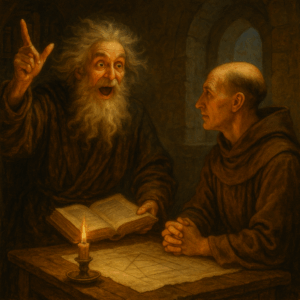
- One saw.
- The other built.
- One was struck by revelation.
- The other developed through routine and discipline.
These weren’t just religious roles. They were – and still are – paths to mastery.
The Mystic: Vision Without Instruction
Mystics were those whose authority came from insight, not process. They were touched by something larger than themselves, through visions, intuition, or sudden understanding. Think of Julian of Norwich, Hildegard of Bingen, or John the Baptist – figures known for their ecstatic experiences, not institutional roles.
They were rarely easy to manage. Often feared before they were followed. They didn’t build the system – they challenged it or circumvented it altogether.
In business today, mystics show up as visionaries and disruptors. Think Steve Jobs walking into a room and knowing what the world will want before the world does. Or Elon Musk upending industry after industry through sheer force of conviction (and chaos).
Mystics are lightning rods. They generate energy, direction, and awe. But they can also burn things down, intentionally or not. Without grounding, their brilliance becomes volatility. Their gifts go untransformed.
The Monk: Mastery Through Practice
Monks took a different path. Their wisdom wasn’t granted – it was forged. They followed rules, copied texts, built routines, and created long-term stability amid political and social chaos. Think Benedict of Nursia, whose Rule provided the blueprint for centuries of communal life, or Cassian, who translated desert asceticism into European monastic structure.
In today’s business world, monks are the builders and stewards. Think Tim Cook, the operational master who turned Jobs’s chaos into an empire. Or Sheryl Sandberg, who brought order and scale to Facebook’s startup sprawl.
Monks are the ones who show up every day and do the work that makes the vision real. But without vision, they risk protecting the machine at the expense of its meaning.
Mystics and Monks in Business Today
Let’s call it out plainly:
- Mystics: Jobs, Musk, Sara Blakely, Richard Branson. People who saw something others couldn’t and pulled the future toward them.
- Monks: Tim Cook, Satya Nadella, Ruth Porat, Ginni Rometty. People who translated vision into structure, process, and scale.
And occasionally, you find the rare hybrid – someone who begins as a mystic, then chooses to become a monk. Or vice versa. Those are the leaders who can change everything, because they don’t just see the path or walk it. They build it for others.
Why This Matters for Your Company
Your team is full of mystics and monks. But if you don’t name the difference, you’ll mismanage both.
- Mystics are not broken project managers. They’re not supposed to be.
- Monks are not visionless. They’re disciplined enough to wait for the right one.
If you only reward mystics, you’ll chase shiny objects and burn out your team.
If you only reward monks, you’ll slowly perfect irrelevance.
The best businesses don’t choose between mystics and monks.
They create space for both and build feedback loops so they can learn from each other.
Closing Questions
- Are you building a team that only works for one path?
- Which path have you taken, mystic or monk?
- Do you know how to recognize the other in someone else?
- What would it mean for your company to honor both equally?

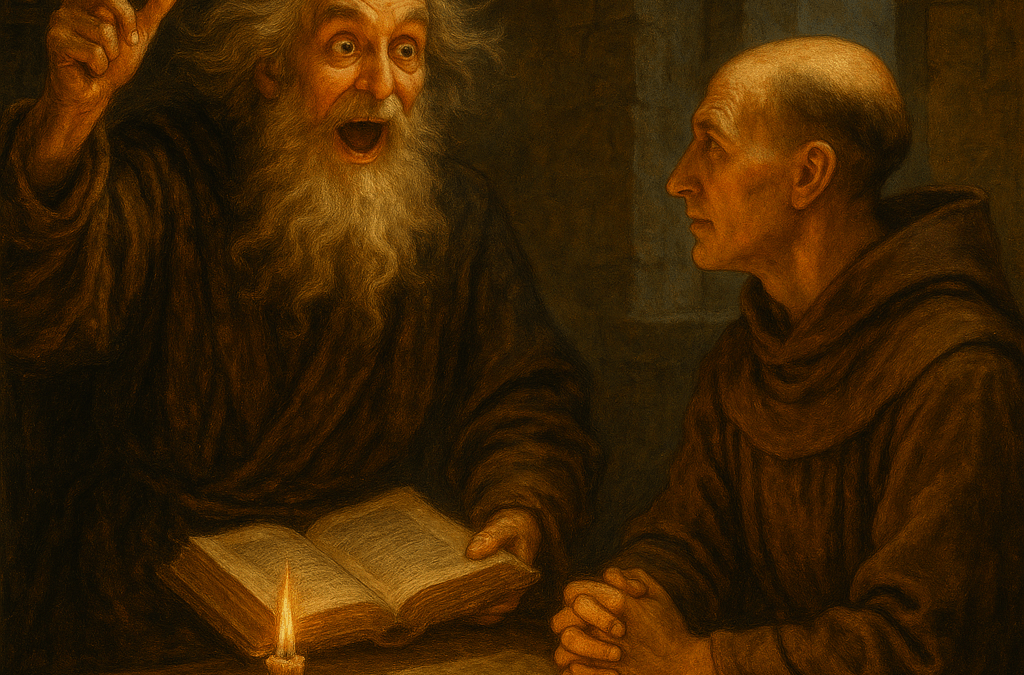


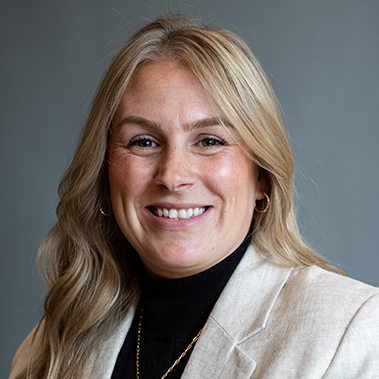

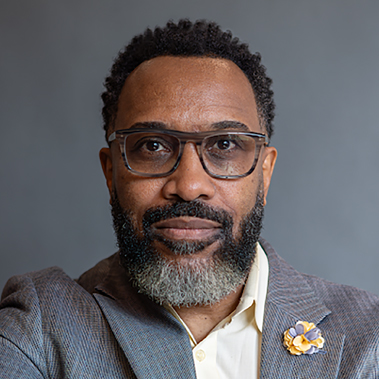
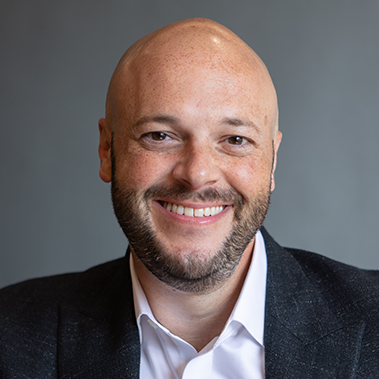

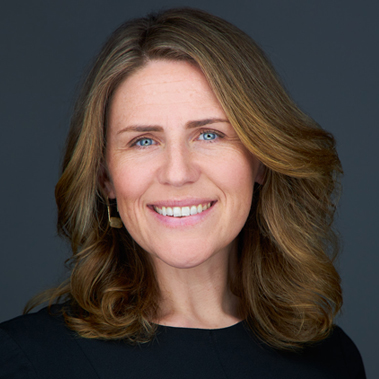


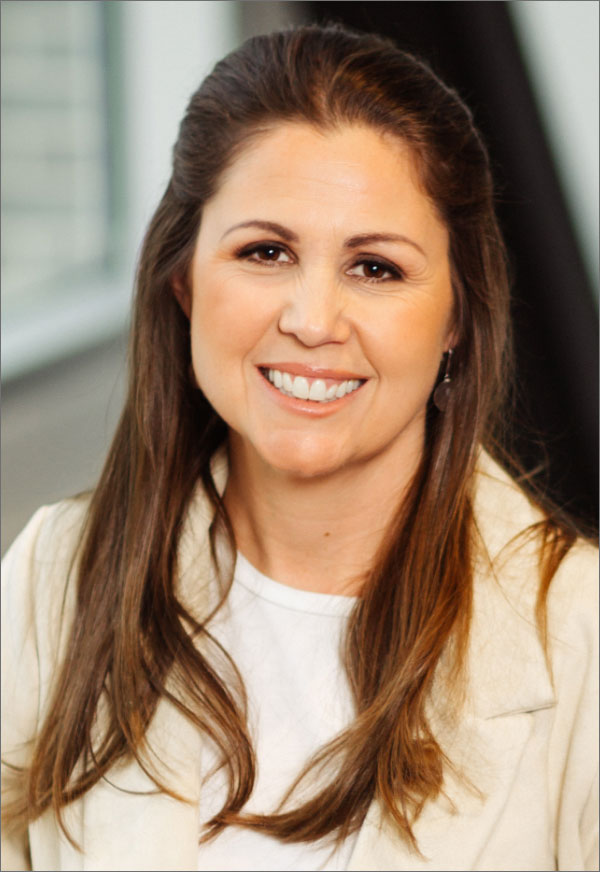

0 Comments